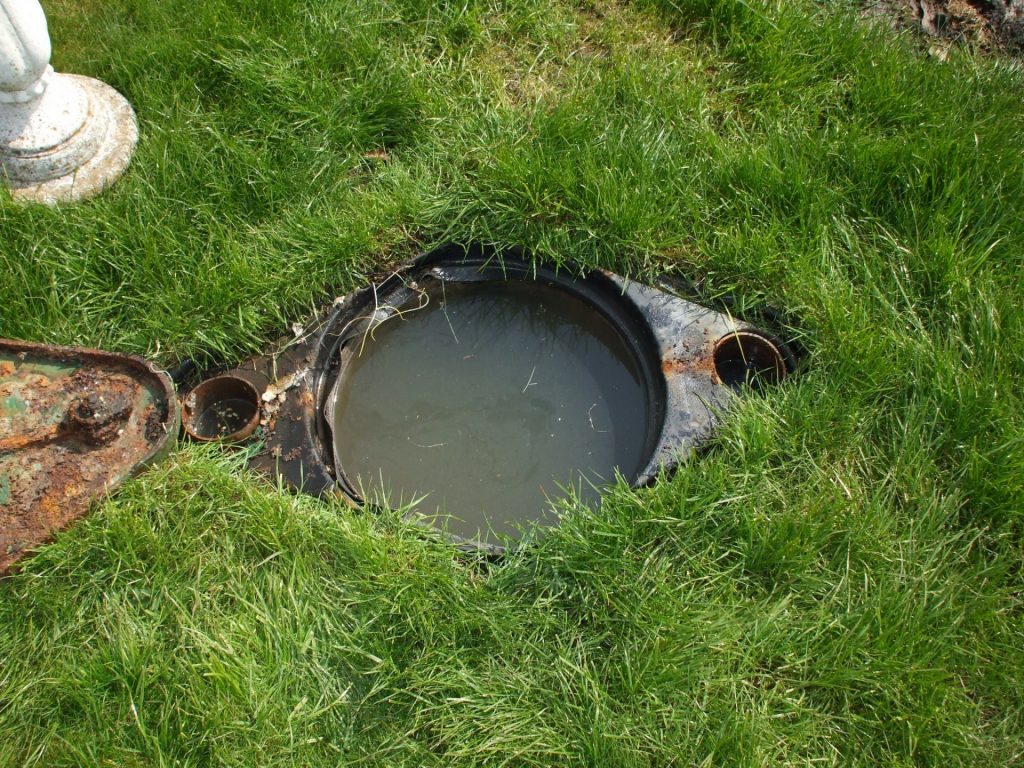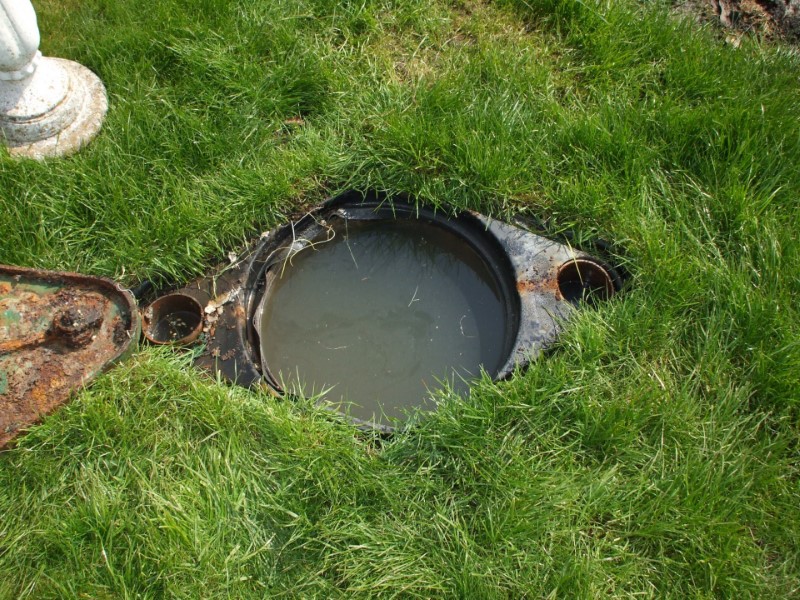
For weeks you enjoyed your new home. It was the best few weeks of your life. You finally had something in your name that could last for generations if maintained well. But one morning, when you entered the bathroom, you were welcomed by a stench. It was the drains, toilet and sink. They were backing up with sewage. You checked the other parts of the house and the same thing happened. Immediately, you called up your septic expert. Help! My Septic tank failed in my new home.
In minutes, the septic expert arrived. You asked him what could have caused such a failure. As the septic expert looked at your soggy yard, he replied that there are various reasons to consider:
1. The previous owner might have really neglected the septic tank for years and only pumped it out the day you confirmed to buy it. This would be a very unethical thing to do but it happens. You should have talked to the septic expert that handled the system before so that necessary repairs or treatments should have been made before you moved in. The amount for that should’ve been factored with the payment of the property.
2. The septic tank might be smaller than it should be for the size of your house. This would definitely affect the condition of the tank because if too much water load comes in, the anaerobic bacteria would not have enough time to break down the solid wastes that come in with the wastewater. The sludge would even be stirred up and get dispersed into the drain field. Clogging ensues in the drain field which leads to inevitable failure of the system.
3. Previous owners may have placed heavy vehicles or construction over the septic tank that may have caused damage to it.
4. The drains, toilets, and sinks may not have been properly used. Most households treat these components as regular trash bins. They just dump anything and everything into them, believing that these pieces of trash would just magically disappear and not clog the system.
5. Harsh chemicals and antibacterial solutions are dumped into the drains, toilets, and sinks. These greatly affect the bacterial population in the septic tank. When the bacteria are killed off, nothing will degrade the solid wastes anymore.
6. Water load could have been too much for the septic tank to handle. It may be connected o the washing machine or dishwasher. As a result, the grey water and the wastewater combine and may have been too overwhelming for the septic tank.
7. Tree roots could have invaded the septic tank already, causing damage and leaks. An overflow could have already taken place underneath the ground, leading to septic tank failure.
8. The rain gutter could have been made to run rain water onto the septic tank area and this would cause overflow and eventual failure.
9. The septic tank could be very old and doesn’t meet the code requirements anymore.
All these could have caused the failure of the septic tank. It was a good thing that the septic expert said that your system could be restored. After the treatment and pump out, the septic expert told you what to do to maintain a healthy septic tank. He also told you that he would be back to upgrade your septic system pretty soon. In the future, remember to inspect the septic system before you purchase a home. You don’t want to be that person posting on a blog, my septic tank failed in my new home.
